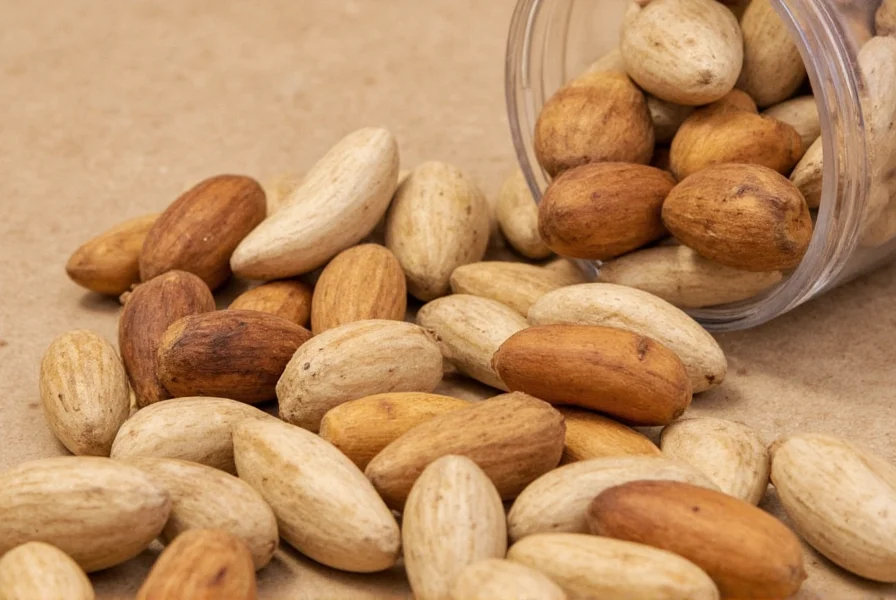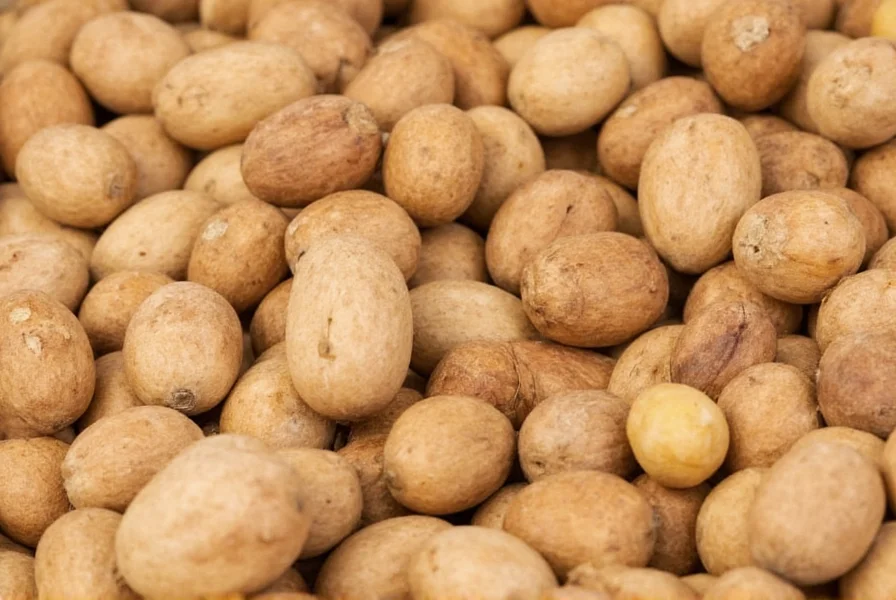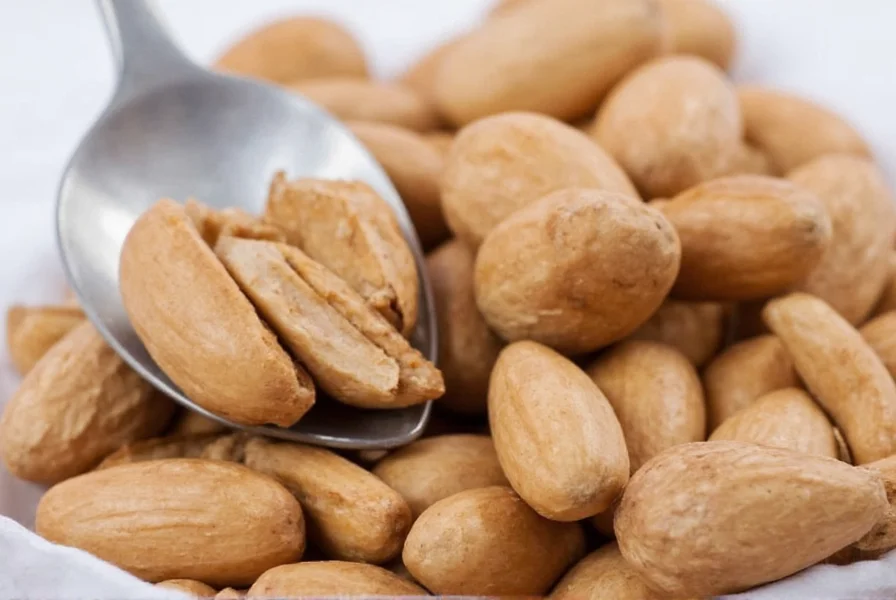Many people searching for information about nutmeg high effects are curious whether this common kitchen spice can produce psychoactive experiences. While nutmeg does contain compounds that theoretically could alter consciousness, the reality is far more dangerous than recreational users might expect. Understanding the science behind can nutmeg make you high requires examining both the biochemical properties and significant health risks involved.
The Science Behind Nutmeg's Psychoactive Properties
Nutmeg (Myristica fragrans) contains myristicin, a phenylpropene compound that comprises approximately 4-8% of the essential oil in nutmeg. When consumed in extremely large quantities—typically 5 teaspoons or more—myristicin can be metabolized into amphetamine-like compounds including MMDA (3-methoxy-4,5-methylenedioxyamphetamine). This metabolic process explains why some individuals report nutmeg hallucination experiences, though these effects come with serious physiological consequences.
Unlike controlled substances designed for recreational use, nutmeg's psychoactive properties emerge only at toxic doses. The human body isn't equipped to process these quantities safely, leading to what medical professionals classify as acute nutmeg toxicity. Research published in Forensic Science International documents numerous emergency room visits directly linked to attempts at achieving a nutmeg high.
Effects Timeline and Health Risks
The onset of nutmeg's psychoactive effects typically begins 3-6 hours after consumption, peaks around 12-24 hours, and can persist for up to 72 hours. This extended duration distinguishes nutmeg high effects duration from most other substances, creating a prolonged and often distressing experience.
| Time After Consumption | Physical Symptoms | Pyschological Effects |
|---|---|---|
| 3-6 hours | Dry mouth, nausea, abdominal pain | Mild confusion, restlessness |
| 12-24 hours | Tachycardia, flushing, dehydration | Visual distortions, disorientation, anxiety |
| 24-72 hours | Severe dehydration, urinary issues | Persistent hallucinations, delirium |
Why Nutmeg High Is Particularly Dangerous
The nutmeg toxicity symptoms create a perfect storm of physiological stress. Myristicin affects multiple body systems simultaneously:
- Cardiovascular system: Causes significant tachycardia (heart rates exceeding 120 bpm)
- Nervous system: Produces anticholinergic effects similar to severe delirium
- Digestive system: Triggers intense nausea and vomiting that can lead to dangerous dehydration
- Mental health impact: Can induce prolonged anxiety and panic attacks that outlast the physical symptoms
Unlike substances with established safety profiles, nutmeg high medical risks include potential liver damage, acute kidney injury, and in rare cases, seizures. Emergency medicine specialists note that treatment is primarily supportive care since there's no specific antidote for nutmeg toxicity.

Safety Considerations and Medical Advice
If someone has consumed a large quantity of nutmeg seeking psychoactive effects, immediate medical attention is crucial. The is nutmeg high dangerous question has a definitive answer: yes, extremely. Medical professionals emphasize that the margin between psychoactive effects and dangerous toxicity is too narrow to be considered safe.
Those experiencing nutmeg toxicity should:
- Seek medical help immediately
- Stay hydrated with small sips of water
- Avoid driving or operating machinery
- Have someone monitor their condition continuously
It's important to understand that how much nutmeg to get high isn't a safe calculation. Individual reactions vary significantly based on body chemistry, making dosing unpredictable. What might produce mild effects in one person could cause severe toxicity in another.

Responsible Alternatives for Wellness
For those seeking relaxation or altered states of consciousness, numerous safer alternatives exist that don't carry the significant health risks of attempting a nutmeg psychoactive experience. Mindfulness practices, regulated herbal supplements with established safety profiles, and professional therapeutic options provide much safer pathways to wellness without the dangers associated with nutmeg misuse.
The scientific consensus is clear: nutmeg should remain strictly a culinary spice. Its potential for causing harm vastly outweighs any theoretical recreational benefits. Understanding the reality behind nutmeg high effects duration and risks helps prevent dangerous experimentation that could have serious health consequences.
How long does a nutmeg high typically last?
A nutmeg high typically begins 3-6 hours after consumption, peaks around 12-24 hours, and can persist for up to 72 hours. This extended duration distinguishes nutmeg effects from most other substances and often leads to prolonged discomfort and medical complications.
What are the first signs of nutmeg toxicity?
The initial signs of nutmeg toxicity typically appear 3-6 hours after consumption and include dry mouth, intense thirst, nausea, abdominal pain, and flushing. These are followed by increased heart rate, confusion, and visual disturbances as the toxicity progresses.
Can you die from consuming too much nutmeg?
While fatalities from nutmeg alone are rare in modern medical settings, severe nutmeg toxicity can cause life-threatening complications including extreme tachycardia, seizures, and acute organ damage. Medical professionals treat significant nutmeg consumption as a serious medical emergency requiring immediate attention.
Is there a safe amount of nutmeg for recreational use?
No, there is no safe amount of nutmeg for recreational use. The dose required to produce psychoactive effects (typically 5+ teaspoons) is well into the toxic range. Individual reactions vary significantly, making any attempt at recreational use potentially dangerous.
What should I do if someone has consumed a large amount of nutmeg?
If someone has consumed a large amount of nutmeg (several teaspoons or more), seek immediate medical attention. While waiting for help, keep the person hydrated with small sips of water, monitor their breathing and heart rate, and ensure they don't operate vehicles or machinery. Do not induce vomiting unless directed by medical professionals.











 浙公网安备
33010002000092号
浙公网安备
33010002000092号 浙B2-20120091-4
浙B2-20120091-4